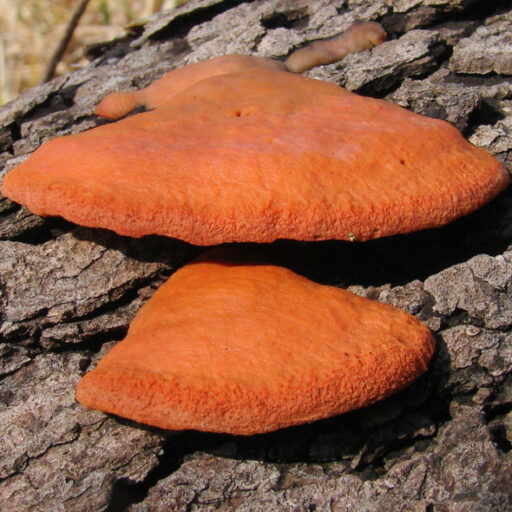Macrolepiota macilenta is found in eastern, southern, and midwestern portions of North America, up to southern areas in Eastern Canada and down to Mexico. Formerly Macrolepiota procera.




“Habitat and distribution: In small groups or gregarious,
sometimes many isolated basidiomata present in a vast area,
in hardwoods with Quercus or in clearings, from August to
October, on nutrient-rich soils. Widely distributed in eastern
and midwestern North America, from the southernmost part
of Québec to Georgia in the east, and from Iowa to Missouri
in midwestern USA, and collected from the state of Jalisco in
Mexico.
Edibility: Consumed and considered a good edible.
Description: Pileus 50‒160 mm diam, at first oblong, ovoid to
subglobose with central umbo, expanding via paraboloid with
low umbo and deflexed margin to convex with low umbo, at
times with depressed centre, when very young completely
closed, greyish brown, brown, rusty brown to dark brown
(6E(3‒8), 6EF6, 7EF8) from the covering which later breaks
into a central calotte and uplifted squamulose patches easily
detachable from the pileus over the pale cream, orange-grey,
greyish orange to brownish orange (4A2, 5B2, 5B3, 5C4) fibrils
below; margin fibrillose-squarrose with white fibrils from the
annulus, exceeding lamellae. Lamellae free, remote from stipe,
close to crowded, 88‒96 complete with 0‒2 tiers of lamellulae,
convex, white, with white, fimbriate edge. Stipe 120‒260 mm
long, 4‒9 mm at apex, slightly widening downwards to a clavate
to bulbous base 16‒45 mm across, stuffed then hollow, densely
covered up to the apex with small scales that are concolourous
with the pileus fibrils and form a zigzag pattern with elongation of the stipe on a pale beige background. Annulus with beige,
ascending or descending, cuff-like part around stipe, double
crowned, with upperside white to pale brown and fringed,
and underside with a brown rim concolourous with calotte.
Context thick in pileus, white, brown in larval perforations, with
an indistinct odour and a mild taste. Spore print pinkish white.”
-From the recent paper Macrolepiota macilenta and M. pallida, two new species from North America, R. Lebeuf, S.D. Russell and A. Justo, 2024.
See Fungal Systematics and Evolution
